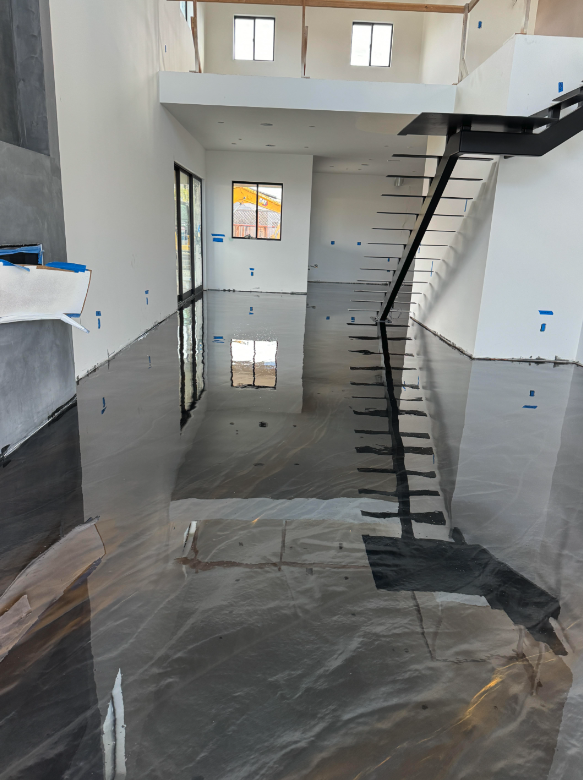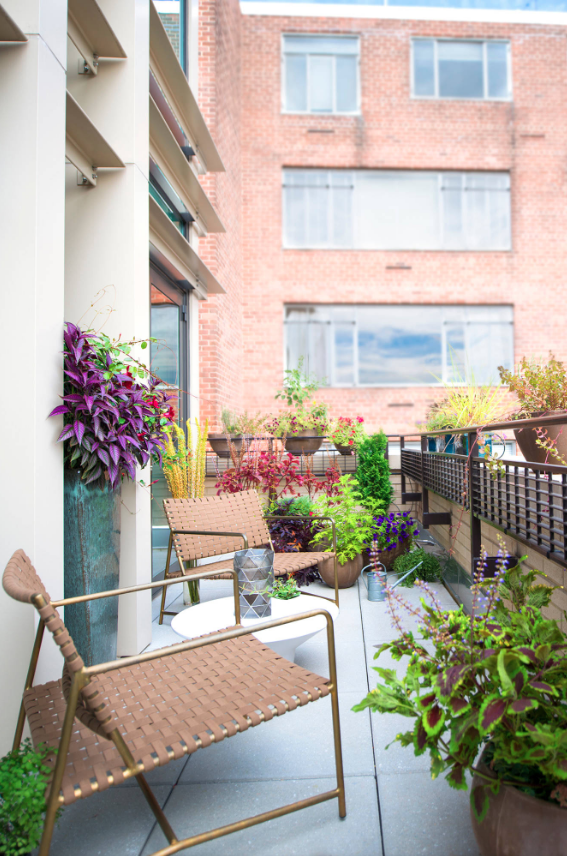The Environmental Benefits of Choosing Epoxy Flooring

Installing epoxy flooring is environmentally friendly and also a durable flooring choice for 2025!
As sustainability continues to shape purchasing decisions and business operations, more companies are seeking eco-friendly alternatives in every facet of their facilities — including the flooring. One standout option for environmentally conscious businesses is epoxy flooring. Known for its durability and aesthetic appeal, epoxy flooring is also an eco-smart choice that aligns with green building standards and sustainability goals.
In this article, we’ll explore how epoxy flooring Gold Coast contributes to environmental sustainability and why it’s a smart investment for businesses wanting to minimise their environmental footprint.
What is Epoxy Flooring?
Epoxy flooring is a type of surface coating that consists of resin and hardeners which, when combined, form a hard plastic-like material. Applied over concrete, it creates a smooth, durable, and highly resistant surface commonly used in commercial, industrial, and even residential settings. Its seamless and robust finish makes it ideal for high-traffic areas such as warehouses, retail stores, medical facilities, and car parks.
1. Extended Lifespan Reduces Waste
One of the most significant environmental benefits of epoxy flooring is its longevity. Unlike traditional flooring materials that may crack, peel, or wear out quickly, epoxy coatings can last 10–20 years or more with proper maintenance.
This long lifespan means fewer resources are needed for replacement, resulting in:
- Reduced consumption of raw materials.
- Less landfill waste from old or damaged flooring.
- Lower carbon emissions from manufacturing and transporting new flooring materials.
By opting for a long-lasting solution like epoxy, businesses reduce the frequency of renovations and the environmental toll associated with frequent replacements.
2. Low Maintenance Means Less Water and Chemicals
Epoxy floors are incredibly easy to maintain. Their non-porous and seamless finish resists stains, dust, and bacteria, making them simple to clean with minimal effort.
This ease of maintenance translates to several environmental advantages:
- Reduced use of harsh cleaning chemicals, many of which can be toxic to both people and the environment.
- Lower water usage during cleaning, especially in large commercial settings.
- Improved indoor air quality, as epoxy surfaces don’t trap allergens, mould, or mildew.
By choosing epoxy flooring, businesses can establish a more hygienic space while also reducing their reliance on resource-heavy cleaning routines.
3. Energy Efficiency Through Reflectivity
Epoxy flooring can also contribute to better energy efficiency in a commercial setting. Its glossy finish has high light reflectivity, which can help brighten up interiors by bouncing natural and artificial light around the space.
This means:
- Reduced reliance on artificial lighting during daytime hours.
- Lower electricity bills for lighting, especially in large warehouses or commercial buildings.
- Decreased energy consumption, which lowers greenhouse gas emissions.
Incorporating reflective surfaces like epoxy floors into your building design can make a meaningful impact on your energy efficiency strategy — and your power bills.
4. VOC-Free and Eco-Friendly Options Available
Volatile Organic Compounds (VOCs) are chemicals commonly found in many building materials, including some flooring products. VOCs can be released into the air during installation and over time, contributing to air pollution and health concerns.
The good news is that many modern epoxy floor coatings are now low-VOC or even VOC-free, meaning they are safer for installers, building occupants, and the environment. By choosing an environmentally responsible product, businesses can meet green building standards such as Green Star or LEED certifications, while also improving the wellbeing of employees and customers.
When sourcing an epoxy flooring solution, it’s important to look for products that are certified as low-emission or environmentally compliant.
5. Sustainable Use of Existing Substrates
Epoxy flooring is typically installed over existing concrete slabs, meaning there’s no need to remove and dispose of the base floor before application. This saves resources and energy that would otherwise be used to tear out and replace the existing surface.
By using what’s already in place and enhancing it with an epoxy coating, businesses avoid:
- Unnecessary demolition waste.
- Additional materials and fuel use associated with replacement.
- Prolonged construction timelines that disrupt operations and energy use.
This “make the most of what you have” approach aligns with circular economy principles, where reuse and resource efficiency are prioritised over constant consumption.
6. Customisable for Safety and Sustainability
Epoxy flooring offers a wide range of customisation options — not just for style but also for function. Businesses can choose anti-slip finishes, safety lines, or colour-coded zones that improve workplace safety, reducing the chance of accidents and related waste or resource strain.
Safer environments are more sustainable in the long run because they reduce:
- Workplace injuries (and associated downtime).
- Material damage from slips or spills.
- Product wastage due to inefficient or unsafe processes.
When flooring contributes to a more organised and efficient workplace, it’s also supporting the broader sustainability efforts of the business.
7. Lower Overall Carbon Footprint
When you consider the combined effects of all these benefits — long lifespan, reduced cleaning requirements, energy efficiency, and low-VOC emissions — epoxy flooring stands out as a flooring option with a lower overall carbon footprint.
For businesses looking to track and reduce their environmental impact, choosing materials that perform well across multiple sustainability categories is a smart move. Epoxy flooring not only supports those goals but also delivers long-term cost savings, which makes it a win-win from both a financial and environmental standpoint.
8. Supports Green Building Certifications
Whether your business is aiming for Green Star accreditation in Australia or international certifications like LEED, flooring choices play a role in meeting sustainability benchmarks. Many low-VOC epoxy products contribute points toward these certifications due to their minimal environmental impact, efficient use of materials, and contribution to indoor air quality.
Installing epoxy flooring can be a simple but effective step toward achieving these broader green building objectives, demonstrating your business’s commitment to sustainable practices.
Final Thoughts
Sustainability in business isn’t just about solar panels or recycled packaging — it’s also about making smart, responsible decisions in areas that might not seem obvious, like flooring. Epoxy flooring delivers impressive environmental benefits through its durability, low maintenance, and energy-saving properties, all while supporting a cleaner, safer work environment.
If your business is renovating, expanding, or moving into a new space, consider the eco-friendly advantages of epoxy flooring. Not only will you reduce your environmental footprint, but you’ll also invest in a solution that offers lasting value, safety, and aesthetic appeal.







